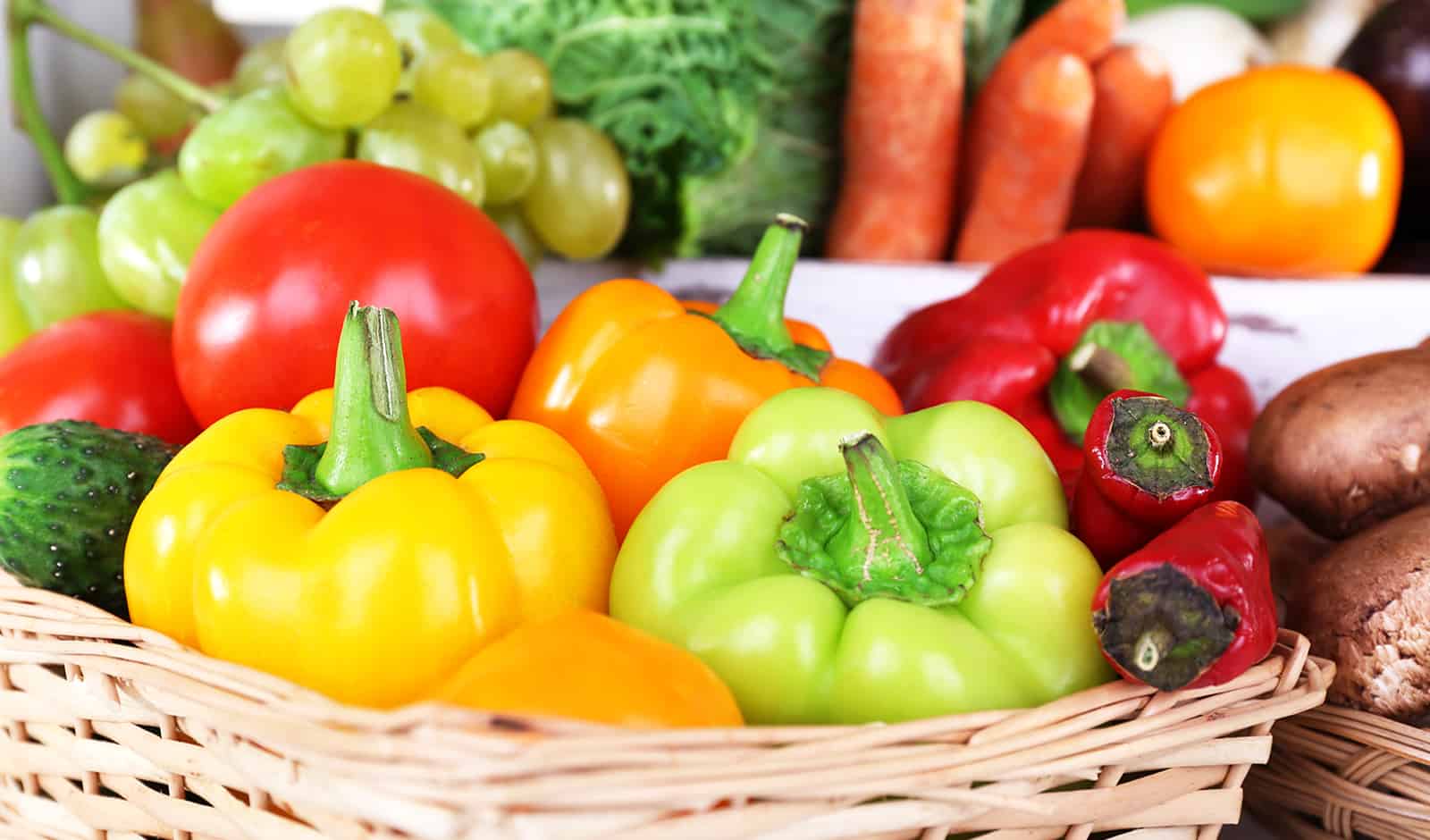

Vegetables are great sources of vitamins, minerals, and antioxidants. However, you might be unintentionally lowering your food’s overall nutrient value due to various habits and practices. To give you a better idea, here are eight ways you’re making veggies less healthy.
1. You Only Consume Raw Vegetables
It is true that heat can destroy some nutrients in vegetables. However, cooking is still beneficial for your digestion. Some veggies are even more nutritious when cooked. An example for this is tomatoes. The high temperature will not only unleash the umami or savory flavor of this nightshade vegetable. Your body will also absorb more lycopene (a potent antioxidant) when you cook tomatoes. Other crops that are more nutritious when cooked are carrots, mushrooms, and asparagus.
2. Not Pairing Veggies with Fats
One of the most common ways you’re making veggies less healthy is by consuming them without fats. Remember, most vegetables are rich in fat-soluble vitamins (A, D, E, and K). It will be easier for your body to absorb these nutrients when you consume them with an oily product. So, try cooking your favorite vegan recipes in olive, coconut, and other healthful oils. Tossing some nuts and seeds to your salad is also an excellent option due to the omega-3 fatty acids present in these tiny foods.
More: 15 Celebs Who You Might Not Realize Have a Cookbook
3. Boiling Vegetables
Boiling is not a good way to cook your veggies unless you’re making soup. The main reason is due to the water-soluble nutrients like vitamin C that go into the water. Plus, high temperature can destroy some of the healthful substances in your food. It’s preferable to cook your vegetables through blanching, steaming, or sautéing.
4. Always Juicing Veggies
Today, juicing is a popular method to make veggies more appetizing. However, this process is one of the most common ways you’re making vegetables less healthy. One reason is that juicing removes the fiber in your produce. As you know, fiber can offer numerous perks like regulating bowel movement and lowering bad cholesterol levels. As a remedy, you can blend your favorite fruits and vegetables to retain the fiber. But your doctor may recommend juicing if you have some digestive problems.
5. You’re Not Freezing Some Veggies
Consuming freshly picked produces is the best way to get vitamins and minerals. But, these products start to lose essential nutrients once harvested. The good news is that freezing can help preserve the healthful substances in fruits and vegetables. This is especially true for spinach, edamame, corn, and peas. Thus, freezing is an excellent option, especially if you’re not going to eat your veggies within the day.
6. Forgetting to Soak and Wash Your Produce
Aside from the above-mentioned ways you’re making veggies less healthy, forgetting to soak and wash your crops is another usual mistake. Organic foods may not contain pesticides. But, these products still have traces of dirt and germs, which may cause food poisoning and other health problems. For this reason, experts recommend soaking your fruits and vegetables in a pot of water for 15 to 20 minutes before cooking or eating. You can also add some apple cider vinegar or baking soda to help deep cleanse these products.
7. Cooking Garlic Right After Chopping
Garlic can offer numerous perks. But, most of us are unable to reap its health benefits because of a common mistake. Typically, we chop the cloves and immediately toss it in a pan. Unfortunately, this procedure deters the formation of allicin, the most valuable compound in this healing spice. To ensure that you get the greatest amounts of allicin, allow the chopped garlic to sit for about 10 minutes.
8. Throwing Away Nutritious Parts
The last in this list of ways you’re making veggies less healthy is throwing away the most nutritious parts of a crop. A common example for this is the leaves of beets. As a bitter-flavored vegetable, beet greens are often disregarded. Instead, we favor the sweet and earthy flavor of the beetroot. However, the plant part is also a good source of various nutrients and antioxidants. Broccoli stalk, especially the soft inner section, is another edible part that contains nutrients but is often thrown away.
Overall, you can make your favorite vegan recipes more nutrient-dense by avoiding these common mistakes. In addition, don’t forget to eat colorful fruits and vegetables. This will diversify and add more nutrients to your daily meals.
YOU MAY ALSO LIKE
Is it Vegan? Your Go-to Ingredient Guide
























